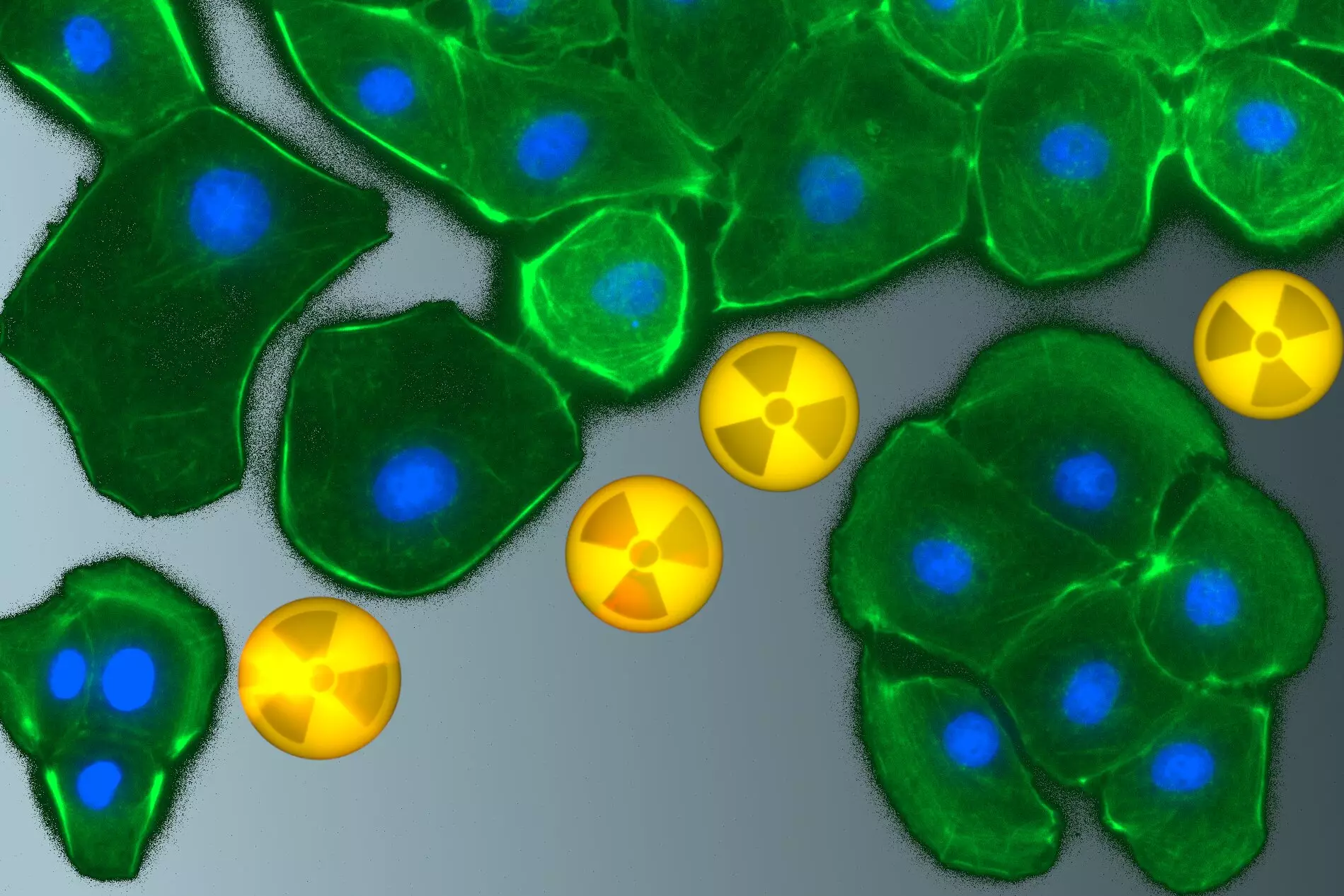Radionuclides, the radioactive isotopes found in nature and produced through human activities, are omnipresent in our environment. These elements can infiltrate our bodies through various pathways—be it through inhalation, ingestion, or even transdermal absorption through wounds. Although the alarming potential health risks posed by these radioactive heavy metals are well-established, a significant gap remains in our understanding of their cellular and molecular toxicity. Particularly concerning is the role of the kidneys in filtering these elements from the bloodstream, a process that has not been scrutinized to the extent it deserves.
While a wealth of studies has documented the accumulation and excretion of heavy metals in living organisms, the mechanistic understanding of how these radionuclides interact at a cellular level has often been left largely unexplored. This inadequacy draws attention to an urgent need for deeper investigations into the effects of radionuclide exposure, especially within renal cells, which are primarily responsible for detoxifying various hazardous substances.
The Pervasive Sources of Radionuclides
Radionuclides are not just byproducts of man-made activities; they are naturally occurring components of our planet. Geological processes such as erosion and weathering release these harmful isotopes into the air, soil, and water. In recent decades, however, anthropogenic activities have exacerbated their proliferation. The expansion of industries involving mining, nuclear power generation, and medical applications has substantially increased radionuclide levels in the environment.
Particularly destructive incidents, such as nuclear power plant accidents or contamination from mining operations, have unleashed vast quantities of these toxic materials. Furthermore, even though their use in cancer diagnostics and treatment contributes minimally to overall exposure, it is imperative to understand the long-term implications of these applications.
Understanding the Biological Implications
Research led by teams at Helmholtz-Zentrum Dresden-Rossendorf (HZDR) and TU Dresden highlights the urgent need to delve deeper into cellular interactions with heavy metals. Dr. Astrid Barkleit’s insights emphasize that once radionuclides enter the bloodstream, they find a direct route to the kidneys. The implications of these interactions cannot be overstated, especially in the context of human and animal health.
The focus on renal cells is more than justified; they are at the forefront of excreting harmful substances from our bodies. Current knowledge, often derived from models predicting the biokinetics of heavy metals, oversimplifies complex biological processes. By seeking to comprehend how these elements behave within renal cells and how they chemically bond with cellular components, the research aims to create a foundational understanding crucial for developing decorporation agents. These agents could assist in the removal of toxic metalloid ions from the body, offering a much-needed medical remedy against radionuclide exposure.
Methodology and Findings: A Deep Dive
The research conducted at the Central Radionuclide Laboratory at TU Dresden utilized a multifaceted approach to explore the interactions of heavy metals like barium(II), europium(III), and uranium(VI) with kidney cells. All experiments operated under tightly controlled laboratory conditions to ensure clarity. By employing advanced techniques such as luminescence spectrometry and various forms of microscopy, the team was able to gain insights into vital cellular processes affected by exposure to these metals.
These experiments not only evaluated cell viability and mechanisms of cell death but also dissected how heavy metals entered the cells. The research underlines the concept of “speciation,” which delves into the different chemical bonding forms these elements can take in biological contexts. Understanding how metal ions lose their hydration shells and interact with biological ligands lays the groundwork for future studies in radioecology and radiation protection.
Choosing the specific isotopes for study was a strategic decision; for instance, barium(II) serves as a safer stand-in for naturally occurring radium(II). Meanwhile, europium(III) serves as a suitable model for radioactive isotopes like americium(III) and curium(III). Uranium(VI), notorious for its capability to dissolve easily in biological conditions, has pivotal implications, particularly in regions like Saxony that have been historically burdened by uranium mining.
The Broader Picture: Implications for Human Health
The findings of this research bear formidable implications for radiation protection and the management of radioactive waste. Understanding the interplay between heavy metals and renal cells can not only better inform our strategies for mitigating hazards associated with radionuclides but may also enhance our approaches to future medical applications involving these elements. As the threat of exposure persists, advancing our knowledge of the toxicity mechanisms at play becomes critical. This concentrated focus on renal cell interactions paints a clearer picture of how we can protect both our environment and health from the latent dangers of radionuclides.
The comprehensive investigation of interactions between heavy metals and cellular components not only paves the way for medical advancements but serves as a crucial step toward addressing a growing public health concern surrounding environmental contamination. It represents an intersection of ecological science and health, underscoring the importance of safeguarding our biological systems from the ever-present threat of radionuclides.

